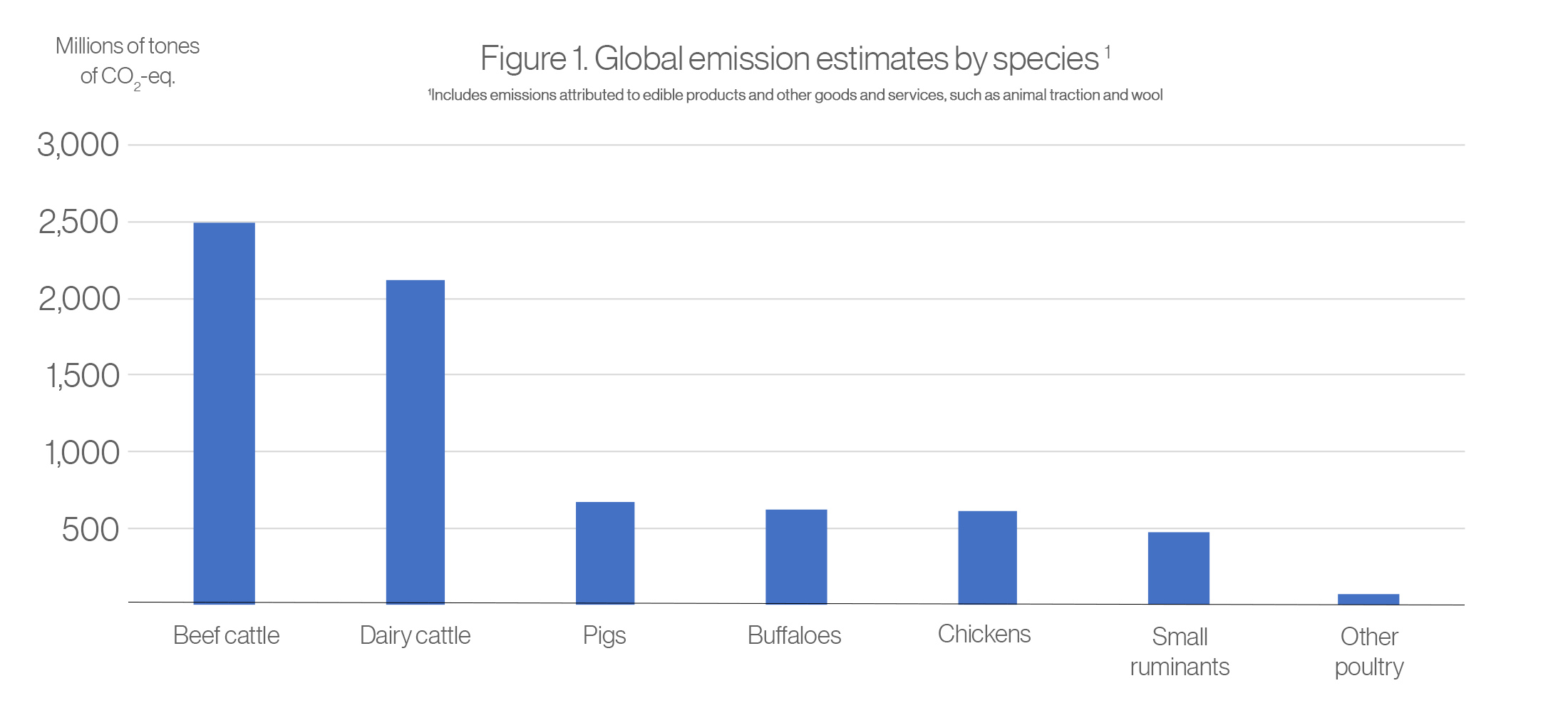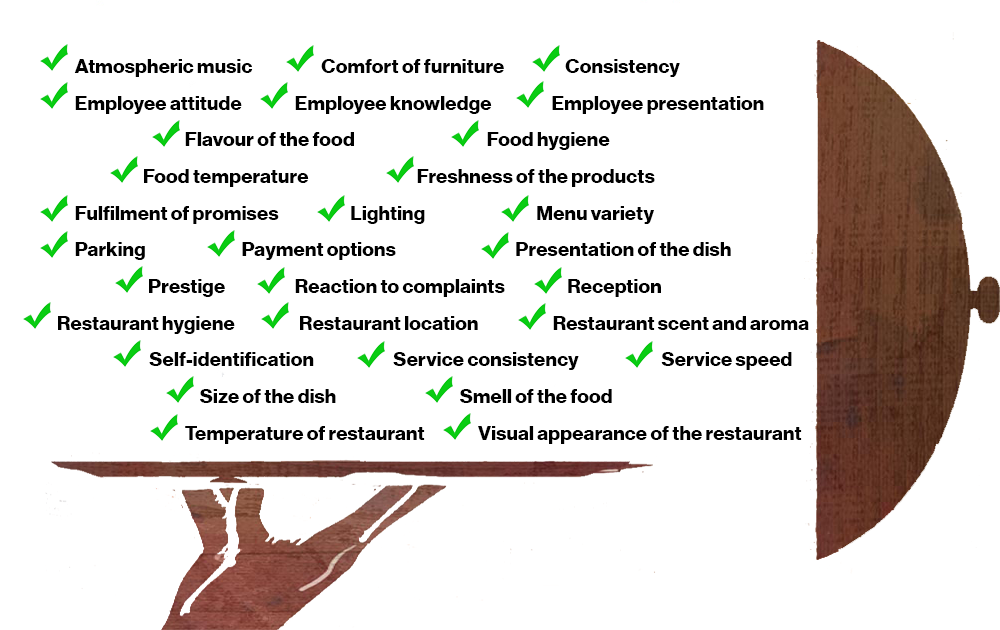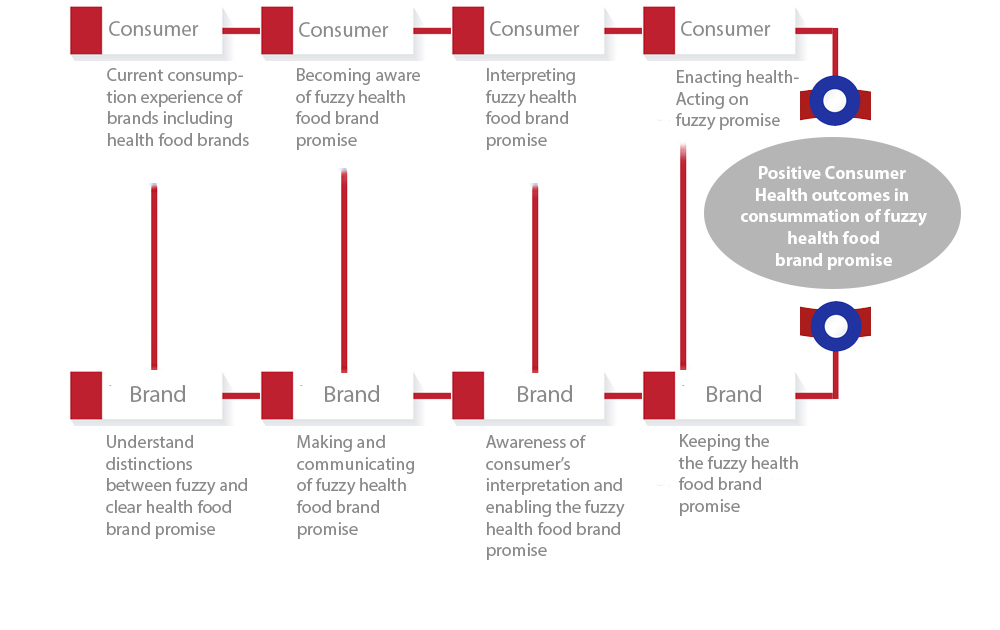Cultural chameleons or a brand new species?
The recent wave of globalization triggered by the end of the Cold War and stimulated by the progressive liberalization of trade and international migration policies has led to a significant surge in the numbers of bicultural individuals (biculturals) that is people with more than one ethnic identity. Who are they? For example, we are talking about children of Mexican immigrants to the United States, kids born to mixed families (a Polish mother and a German father), or people immigrated and who have spent significant time in their new homeland. It is estimated that by 2018, biculturals will be the largest ethnic group in Canada and by 2020 the largest ethnic group in the United States will also be culturally mixed. This trend is noticeable in Australia, where 21% of the population is foreign-born, and in Europe.
Once we already know who biculturals are, let’s consider their impact on business. First of all, we must answer the question whether biculturals are in fact different than monoculturals. One of the first things that come to mind when thinking about Mexican-Americans or other biculturals is their bilingualism. However, being bicultural does not equal to being bilingual as an individual might be raised in Mexican culture, infused with Mexican values, and understand the culture of their parents, but at the same time does not speak Spanish fluently. Such a person is bicultural but not bilingual. It should be stressed that the benefits of biculturalism go way beyond bilingualism.
Better fit for the global arena?
Research evidence from psychology and sociology indicates that biculturals exhibit some traits different from their monocultural peers. For example, they show more creativity (in some circumstances), are better at reading subtle social cues, and have more developed metacognitive strategies when dealing with new cultures. The latter characteristic is particularly important as biculturals are not only well-versed in their own two (or more) cultures but they are able to quickly understand and “translate” a completely new culture. All these skills and abilities could be of great importance to international organizations and may contribute positively to organizational performance.
Hence, it should come as no surprise that the phenomenon is gaining significant traction in the international business and cross-cultural management literatures. The growing number of people of mixed cultural background provides companies operating internationally with “an unacknowledged opportunity to better bridge across cultural contexts and integrate and meld knowledge from around the world” (Brannen, Garcia, & Thomas, 2009: 207).
At the vanguard of globalization
Here at EGADE Business School, we conduct research on the effects of biculturalism on individual, team, and organizational performance. Together with scholars from the University of Victoria and the Simon Fraser University (both in Canada), we are working on understanding how bicultural managers can lead teams effectively in environments characterized by various levels of complexity and diversity.
We have already found that bicultural managers contribute positively to organizational performance only in culturally heterogeneous environments. We examined the ethnic background(s) of 272 team managers leading project teams operating in environments characterized by varying levels of cultural diversity. By using hierarchical modeling and after controlling for other variables, we found that there is a statistically significant interaction effect between the biculturalism of a manager and the environment of the team. In culturally homogeneous environments bicultural managers did not have better results than their monocultural peers. In fact, biculturals performed marginally worse! However, in environments of high cultural diversity, teams led by bicultural managers performed significantly better.
These findings have a real impact on numerous organizations. For practicing managers, the seemingly inexorable march toward globalization requires them to operate in increasingly diverse markets characterized not only by more diverse and complex customer demands but also more diverse competition and rapid change.
A fish out of water
While the cognitive capabilities of bicultural managers might allow them to better sense and seize cognitively distant opportunities worldwide, to more fully comprehend competitors’ strategies and diverse market nuances, and to respond more flexibly to change, the results suggest that biculturalism is not a silver-bullet. Competitive contexts vary in both their extent of global rivalry and their dynamism. In settings where competition is less global, where workforces are less multicultural, and where environments are more stable, it may be that bicultural managers have few advantages over their monocultural counterparts.
The business history shows that bicultural can be very effective global leaders. Some prominent examples include: Elon Musk (Tesla, South Africa-Canada), Carlos Ghosn (Renault-Nissan, Brazil-Lebanon-France), or Indra Nooyi (PepsiCo, India-USA) just to name a few.
Finally, there is a question of the importance of this research for the Mexican economy. First, according to recent research, there are over 25 million individuals in Mexico who belong to indigenous peoples, making Mexico a quite diverse country. Sadly, their potential is by and large neglected by Mexican companies and the government. Second, there is over 36 million on Mexican-Americans (legal and illegal immigrants, and people of Mexican ancestry) living in the United States. Once again, the potential of this large talent pool is not being utilized for the benefit of Mexican companies and the Mexican economy. We hope that by publishing our research results we raise awareness about the potential of Mexican biculturals who can help Mexican companies compete successfully on international markets.










